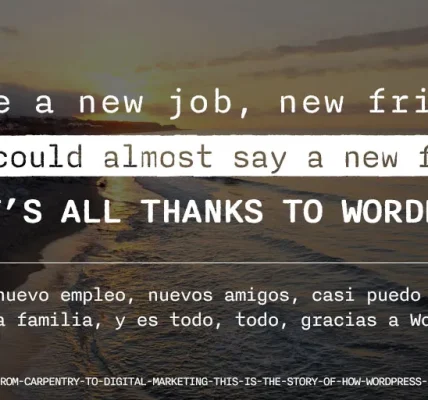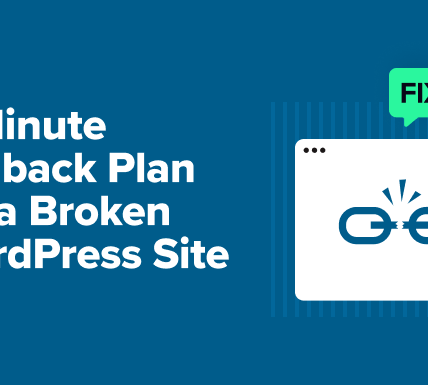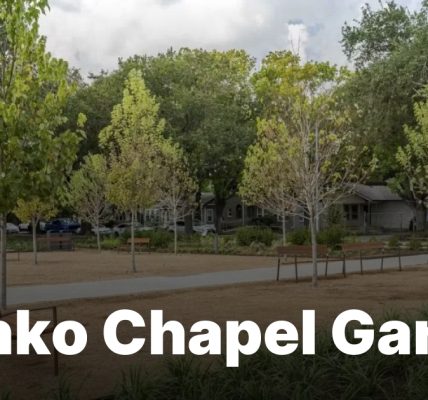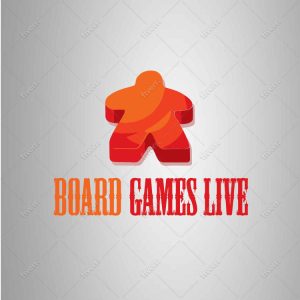by Ben Brin
There exists a paradox in game design. You are simultaneously the most knowledgeable and least knowledgeable person about your game.
On one hand, you are intimately familiar with every detail. You have opinions about how a single card on turn one will affect the rest of the game. On the other, you are way too close to its creation to have any real idea how much fun it is or how much potential it has.
It’s one thing to understand that this will happen, but it’s another to know how to deal with it. Pacts was a game that taught me how to trust what I know and ask when I don’t know, learning to work with my own bizarre viewpoint on my work.
Lesson 1: I Didn’t Know What I Had
I designed the prototype for Pacts, then called “Spirit Split”, on a drive back to my parents house. I threw together a quick board, tried it with my dad, and mostly forgot about it.
At the time I had two other projects that I had way more faith in. A small two-player area-control game didn’t seem like that big of a deal to me. However, I was testing my other projects online, so I started bringing it to my local game design meetup.
The original game was extremely simple:
1. Flip five cards from the deck. Each card either adds cubes to the board or moves cubes.
2. One player splits the cards into two piles, choosing which pile goes first.
3. The other player chooses which pile they want.
4. Players play their cards.
Players use their cubes to fight for control over the six regions, with each region giving points to the player who has the most cubes.
I showed “Spirit Split” to Galen McCown from Galen’s Games, and he encouraged me to add one more wrinkle to the system, something extra that players could consider when making and choosing the card splits.
I decided to add asymmetric factions. At the start of the game, each player chooses to play as a faction, with each faction having a passive ability and an active ability. I added cards to the deck that let players activate their active ability.
At this point 80% of the core was already there, but I still didn’t see the potential…yet I still needed something to bring to in-person testing, so I kept bringing it.
To my surprise, the response from playtesters was resoundingly positive. Without asking, people started designing their own factions. Each week I didn’t bring it, people would ask about it.
I was happy that people were so excited about the game, but I was left scratching my head. I just didn’t see what they saw. However, I had enough understanding of the creative paradox to trust my friends’ opinions over my own.
Lesson 2: I Still Know Up From Down
So I was working on a game that I didn’t fully understand. At first I wasn’t sure how this was going to go. How do you know if you are moving in the right direction if you don’t understand the appeal of the game?
Surprisingly, this didn’t turn out to be a problem at all. The game had certain strengths, weaknesses, and rough edges, and my playtesters and I generally agreed on what those were.
The biggest issue was that it was possible to calculate the outcome of a split because the information was face up. This wasn’t particularly fun, and calculating slowed the game to a crawl, but it was definitely the best way to win.
The solution was to add a small dash of hidden information. Each round both players chose a card from a hand of cards to play along with their cards from the split. Because you don’t know what your opponent will choose, there’s no longer any way to predict the outcome of a round perfectly.
The second issue was that if a player stomped the first half, a lot of players felt like the game was already over, with no need to play out the second half. To remedy this, I added region tiles that change between the two halves so that more points are now available in the second half of the game.
In addition, the regions that are worth the most points shift, which changes the way players focus their influence between rounds.
As I tuned the game through trial and error, I was surprised that my playtesters and I were in general agreement about whether the adjustments made the game better or worse. Even if we disagreed on the game in general, we agreed the game was moving in the right direction.
Lesson 3: New Input Brings New Perspectives
Some of the people who believed in the game most were the talented people at DVC Games. They were especially intrigued by the way the game embodied the fae deal — the tricky contracts made by fairies that often involve a cruel twist.
They saw the potential for the game to be themed around Celtic mythology, so we signed “Spirit Split” (which had previously been themeless) as Pacts.
The core was basically done, but the factions needed work. Jono and I reworked the factions, while Jess and Ben researched the theme and commissioned the art.
As other people began to add their creative input to the project, I was able to see it from an outside perspective I previously didn’t have. Jono would bring me ideas for factions, and suddenly I was enjoying someone else’s work, not just critiquing my own.
Slowly but surely, Pacts became my favorite game I’ve ever worked on — a far cry from my original opinion of it.
A lot of things changed in development. We kept only two factions from the original prototype (Dragons and Sluagh), with Jono and I collaborating on the other six. We added two new modes of play. Bobby West suggested a randomized set-up that obscures the points available in the second half, and we added an auction mode for experienced players in which players bid cubes for their preferred faction.
Gwenevere Singley did an awesome job with the art, and it’s been exciting to see everyone’s reaction to the full package. I’m super excited for everyone to try out the game.
Lesson 4: The Judging Self
I think that the reason we have such a hard time loving our creations is that we have strong opinions about ourselves and our future. When I first started making games, a small two-player game wasn’t what I envisioned myself creating.
My own ego got in the way of seeing a great game for what it was, and I’m thankful that I had a lot of talented people around me to do the seeing for me.
It’s been critical to my development as a game designer to have a strong community of designers around me. The CuseCon Game Designer Guild, DVC, and Break My Game are all places where I’ve been able to make connections with people who can help me see through the noise.
If you are making games but don’t have a community of designers, I would encourage you to look into finding one. Local communities are awesome and may or may not be available in your area. Online communities are available to anyone reading this article. I would highly recommend Break My Game.
Community is also the reason I’m still so motivated to make board games. Making new friends, spending long nights testing, and collaborating with amazing people — it’s been an adventure, and they’re the real reason that Pacts now exists.
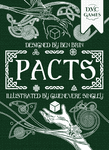
/pic9001097.png)
/pic9207084.jpg)
/pic9207395.png)
/pic9207388.png)
/pic9162673.jpg)
/pic9210168.jpg)
